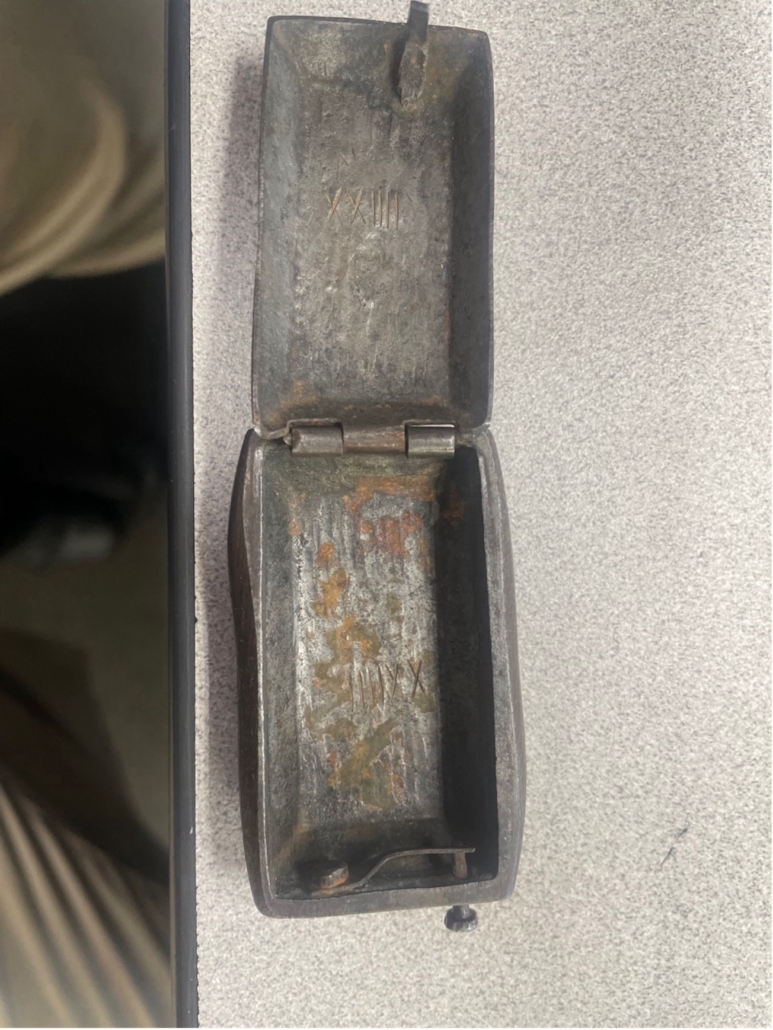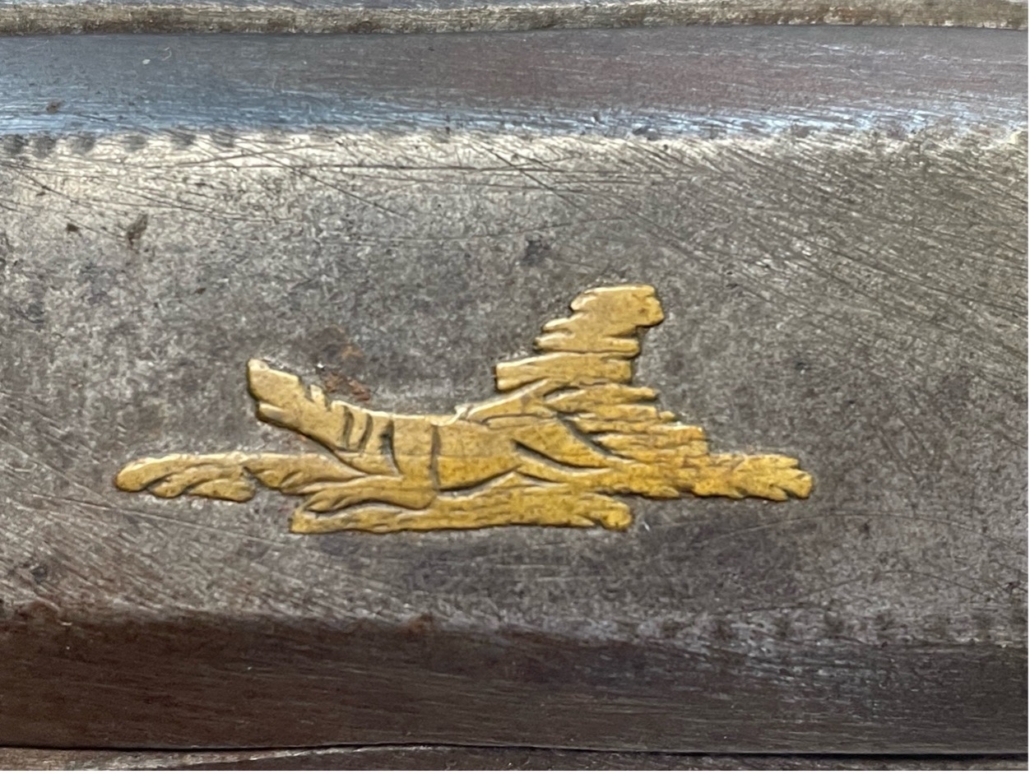THE ARK Newspaper serving Belvedere, Tiburon, and Strawberry.
Notes From An Appraiser




Last month I received the above photos with a simple question: ‘Help, what is this?’
Other than the obvious gold, foil business card, with title ‘Oriental Art Antiques’, wording, there was nothing to suggest this object was Asian. But I am an appraiser of Asian Art so it was brought to me, where to go?
Naturally I researched the business, gone decades ago. But the location, close to the Port of San Francisco and the docks, gave me an idea. The property was purchased in SF in 1910-1920 by the great aunt of my client, and gifted to his grandfather shortly thereafter. She was a world traveler and was used to the antique and curio stores that were near the ports around the world. Merchant sailors, on their last day, are paid in cash, sent ashore and are often eager to spend. That’s why there are so many businesses in ports. Fast money. This object was small and thus portable, and looked to be just the kind of thing an old curio shop would have.
The owner had an idea it may have been used for snuff. The thought it Chinese and used for snuff was a red herring. I think it was typical of material being traded around the world at international ports, small & unique in design and use. I used Google images and inserted the photo of the closed metal box with the gold etched design on top. Google proposed the box suggested tobacco, or medicine, but also a ‘vesta’, a word I had never heard before.
The vesta cases were used in mid 1860’s until 1930’s to hold matches, keep them safe, and provide a surface to strike the match. That explained the small decorative metals drops around the edge, good for friction for striking the match. The same could be said for the abstract design on to front of the case, although it looked to be a gold Egyptian lion, beast in front of a temple rather than small threads of gold marks to strike a match.
Another curiosity were the two X’s and four I’s etched into both the interior sides of the case. If one thought the X was a roman numeral for ten, why would there be four I’s instead of IV used for four? The accepted explanation was it was a date of importance to owner, not part of the original case.
Vesta first were made in late 1800’s on the Continent, and then were brought to America as trade goods. They were a popular collectable item in 1900-20’s, they were small and transportable.
If THE ARK readers know about vesta cases, please write me with photo.
